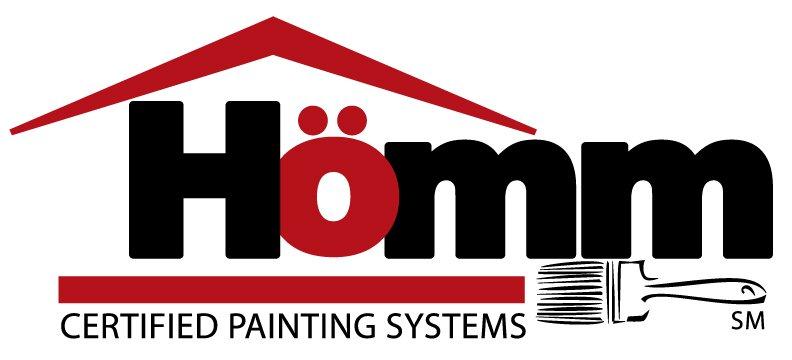Yes, we know…health and safety is a subject that’s about as exciting as watching paint dry (pun intended). Particularly given the way in which we’re slowly but surely heading into the kind of ‘nanny state’ era where we can barely blink without being told we’re are doing something dangerous. So really, it’s hardly surprising that even mentioning health and safety is enough to see most people shutting off completely.
Unfortunately, health and safety will always be one of the most important considerations when it comes to exterior painting. And all for reasons that should be relatively obvious. In fact, one of the main reasons homeowners hire the professionals to take care of exterior home painting jobs on their behalf is the realization that there are quite a few risks and dangers involved. Which are particularly hazardous to those who do not have the required experience and expertise.

Of course, with a responsible attitude and a proactive approach, there’s nothing to say that most exterior painting jobs cannot be gone about in total confidence. Nevertheless, we always recommend revisiting a few fundamental (if often uninteresting) health and safety guidelines, in order to stay out of trouble.
Using Protective Equipment
For example, one of the most important and yet routinely overlooked factors is personal protective equipment. In most instances, homeowners simply believe that as long as they wear the kinds of clothes and shoes they don’t mind ruining, they’re fine.
In reality, you really need to think carefully about the products you are going to be using and the overall risks you face. For example, if you are handling any chemicals or solvents of any kind, you really need to think about wearing protective gloves. Eye protection is an absolute must when working with any kinds of paint or related products. Masks are useful for preventing the inhalation of fumes, though are even more important when scraping, sanding or using any other technique to remove existing paint.
Handling Paints and Related Products
There is one critically important rule to follow when handling paints, thinners and all related products across the board. That being – read the instructions and warnings in full. Chances are this is something you very rarely do, given the fact that most people don’t bother. Still, if you take for granted that you know what you are doing in terms of handling them safely, you only have yourself to blame when things go wrong.
Safe handling and use of paints means following the most basic guidelines including how they should be stored, the dangers of mixing the two products together, the risks they pose to your skin/eyes/respiratory system, the kinds of materials they are compatible with and what to do in the event of an emergency. It all seems extremely remedial and indeed it is. But these are all the kinds of basics that contribute to accident risk reduction.
Ladder Safety
Aside from the above, the only additional health and safety matter that must be considered on working outdoors is that of basic ladder safety. It’s not as if you are going to be able to reach all areas of your home’s exterior without a ladder, so you might as well bone-up on the basics.
For obvious reasons, the first thing you need to do is make sure that the ladder you use is in a decent enough condition in the first place. If there are any signs of danger or degradation, forget about it. Likewise, be sure that the ladder can comfortably support your weight and that the steps have sufficient grip. Things could get wet and messy along the way – you don’t want to slip at the worst possible time.
Sensible ladder positioning is also of the utmost importance, ensuring that the surface below is stable, non-slip and free of as many obstacles as possible. You need to ensure that the shoes you wear when climbing the ladder are fit for purpose – anything with a heel is a bad idea and sandals are not generally suitable. Never climb higher than the last three steps of the ladder and avoid stretching too far to the sides, as doing so can cause the ladder to become unstable.
Last but not least, under no circumstances should you ever go about painting the exterior of your home without at least one other person involved. Whether it’s to stabilize the ladder, pass a few things as you need them or simply come to the rescue if something goes wrong, going it alone is rarely a good idea.
